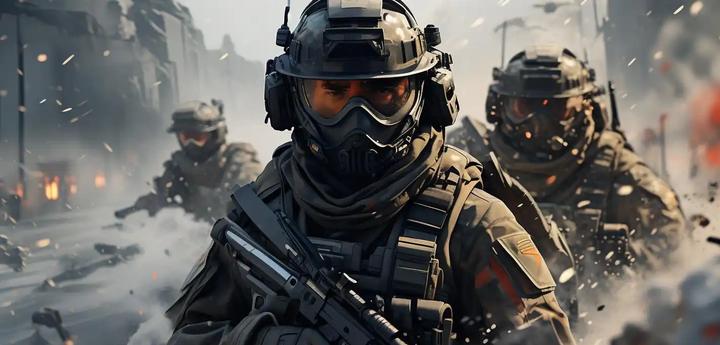Modern Military Surveillance Beyond Human Sentries
An analysis of modern military surveillance systems reveals that traditional human sentries are increasingly supplemented or replaced by multi-layered technological solutions, including AI-powered cameras, infrared sensors, and integrated security networks.

The traditional image of military special operations silently eliminating sentries belongs more to Hollywood than modern warfare. Today’s military and high-security installations employ sophisticated, multi-layered surveillance systems that make such scenarios increasingly unlikely.
Modern security infrastructure typically includes several integrated components. Fixed sentry positions are equipped with high-definition cameras enhanced by artificial intelligence capable of detecting both human and animal movements. These are complemented by infrared sensors, thermal imaging systems, and motion detectors that create an overlapping web of surveillance. The human sentry is just one part of this comprehensive security network.
In China and other advanced military nations, security protocols often follow a three-tier system. The outer perimeter features visible sentries supported by AI-powered surveillance. A second layer consists of concealed observers monitoring both the outer sentries and surrounding areas. The innermost security layer incorporates command centers with real-time video feeds and sensor data integration.
The evolution of military technology has fundamentally changed the nature of infiltration operations. Modern special operations forces rarely attempt direct penetration of heavily guarded facilities. Instead, they focus on intelligence gathering from safe distances, often using unmanned systems and remote sensing technology. When direct action is required, it typically involves rapid insertion and extraction rather than stealth elimination of security personnel.
The cost-effectiveness of various security measures has become a crucial consideration. While biometric monitoring devices for individual sentries are technically feasible, military planners often prefer investing in integrated surveillance systems. Commercial security technology has advanced significantly, with even basic surveillance cameras now featuring sophisticated detection capabilities at relatively low cost.
The practice of establishing multiple verification systems has proven particularly effective. When one sentry position reports an anomaly, other observation points and technical systems can immediately cross-reference the alert. This redundancy significantly reduces both false alarms and the possibility of successful infiltration.
The greatest vulnerability in modern security systems isn’t typically the technology itself but rather the human element. However, this is addressed through overlapping coverage - no single point of failure can completely compromise the system. Even if one sentry position is compromised, other layers of security remain active and alert.
The future of military security continues to trend toward greater automation and system integration. However, human observers remain crucial for interpretation and decision-making, working in concert with advanced technology rather than being replaced by it. This hybrid approach combines the pattern recognition capabilities of AI with human judgment and experience.